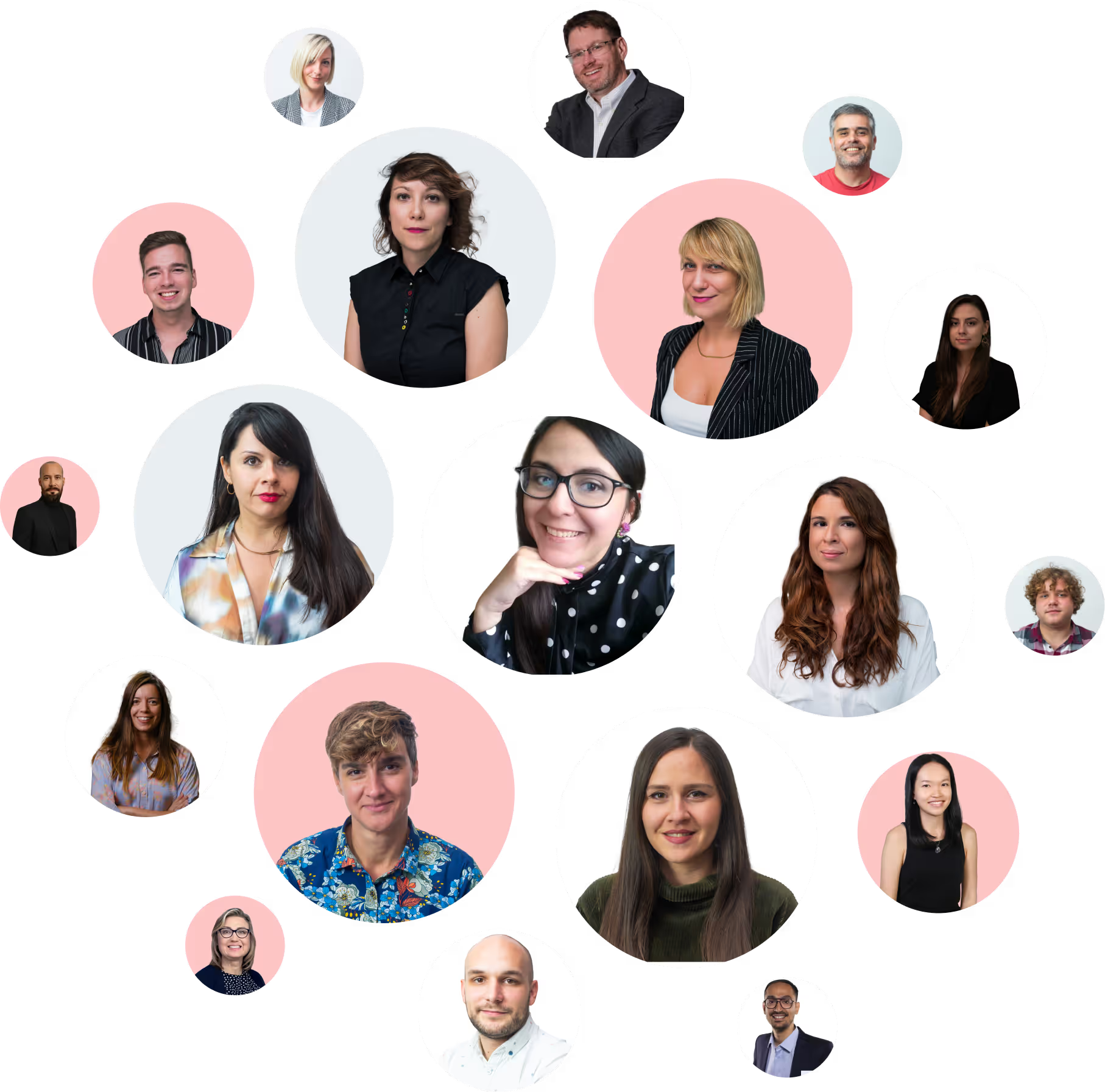.png)
Growth reimagined: EyeSee welcomes Tom Goderis
Two words on everyone’s mind: sustainable growth. But getting there? Not so simple! With 12 years of insights expertise, EyeSee is ready for its next big move—and it’s bringing in Tom Goderis to lead the charge. From P&G’s R&D labs to market research master and Chief Integration Officer, Tom’s career is all about shaping the future.
In this lively interview, Tom talks about big ideas, growth strategies, and trends you won’t want to miss. Get ready for his fresh take on the future and how companies can stay ahead of the game!

Reflecting on your diverse career path, what pivotal moments or challenges shaped your approach to market research and insights?
Tom: If I had to highlight two, I’d say the first was right at the beginning of my career when I shifted from a technical background — I graduated as an agricultural engineer — into a consumer understanding role at P&G. That transition was a game-changer for me.
My engineering background combined with P&G’s systematic approach to using data to understand consumer habits and experiences really grounded me in analytical thinking and data-driven problem-solving. It taught me to always keep the big picture in mind but never overlook the small details, which is crucial when you're trying to decode complex consumer behavior.
The second defining moment came when I transitioned to the agency side. Anyone who has made that leap knows it’s not the easiest move. Shifting from an internal team to becoming a service provider for multiple clients brought new challenges and a completely different dynamic.
However, my previous experience turned out to be a huge advantage and enabled me to always stay focused on what brands and innovation teams truly needed. That client-centric mindset became my guiding principle on the agency side. I found myself constantly returning to two essential questions: What are we really trying to achieve? And what information is critical to making that happen? Applying these basics helped me build stronger client relationships, and it continues to guide everything I do.
Having worked with multiple research agencies that have experienced strong growth, what key lessons have you learned about sustaining innovation during these periods of growth?
Tom: One big takeaway for me is that you’ve got to align your short-term actions with your long-term vision. The insights industry is all about curiosity and pushing the boundaries, but the challenge is making sure those innovative ideas actually solve real client problems, rather than just adding flashy new features that don’t quite hit the mark. The most successful innovations I’ve seen are the ones that are co-created with clients and directly address their strategic needs while allowing room for experimentation and iteration.
.png)
Another lesson is that having the right culture is important to support sustaining innovation. You need to foster an environment where experimentation is encouraged, and failures are seen as learning opportunities, not setbacks. It’s about creating a space where people feel safe to try new things, knowing that not every idea will be a home run, but every attempt will bring valuable insights.
What trends or shifts in the insights industry excite you the most, and how do you see EyeSee positioning itself to capitalize on these opportunities?
Tom: Oh, this is the perfect spot to talk about AI, isn’t it? The integration of advanced technologies like AI and machine learning into traditional market research methods is absolutely one of the most exciting trends we’re seeing right now.
EyeSee is already well-positioned for this shift. We’ve always been experts in behavioral research methods, and we’ve embraced technology at a scale to produce authentic observations and predictive insights. So, I see us continuing to lead by blending behavioral science with cutting-edge tech oriented to add value to clients.
But what’s even more exciting than AI itself is what it emphasizes about the value of human skills. Sure, AI can handle repetitive tasks, crunch big data sets, and boost efficiency, but it can’t replicate the human ability to connect and empathize. Using technology smartly will free up our talented team at EyeSee to focus more on what they excel at: understanding the nuances of consumer behavior and turning that into actionable insights.
.png)
Sustainable growth is the ultimate goal for businesses, but achieving it is easier said than done. In your experience, what’s the “secret” that often makes it so challenging to accomplish?
Tom: Sustainable growth—it’s the buzzword everyone’s aiming for, right? But it’s tricky because it requires balancing so many factors: market conditions, consumer needs, how much change the organization can handle, and broader economic trends, just to name a few.
One of the “secrets” that makes it challenging is the tension between wanting to scale quickly and maintaining the quality of your core offerings. There’s often a pressure to expand fast, but without a solid foundation, that growth can quickly become unsustainable.
Another big challenge comes down to what’s known as “organizational inertia” and “change bandwidth.”
Organizational inertia is basically the resistance to change that comes from established routines and cultures. The change bandwidth, on the other hand, is about how much change an organization can handle at once.
Even if you’ve got low inertia, you can still hit a wall if you’re trying to juggle too many changes at the same time. Since it all boils down to people, it’s crucial to regularly check if everyone can keep up with the pace of change, or if you’re starting to lose or alienate team members in the process.
Tom, thank you for your time. It is very clear now we have a lot of things to do!
Curious about EyeSee's journey from its startup beginnings to its drive for growth, more than a decade later? Read 11 years of growth, 3 lessons for the MR industry.










